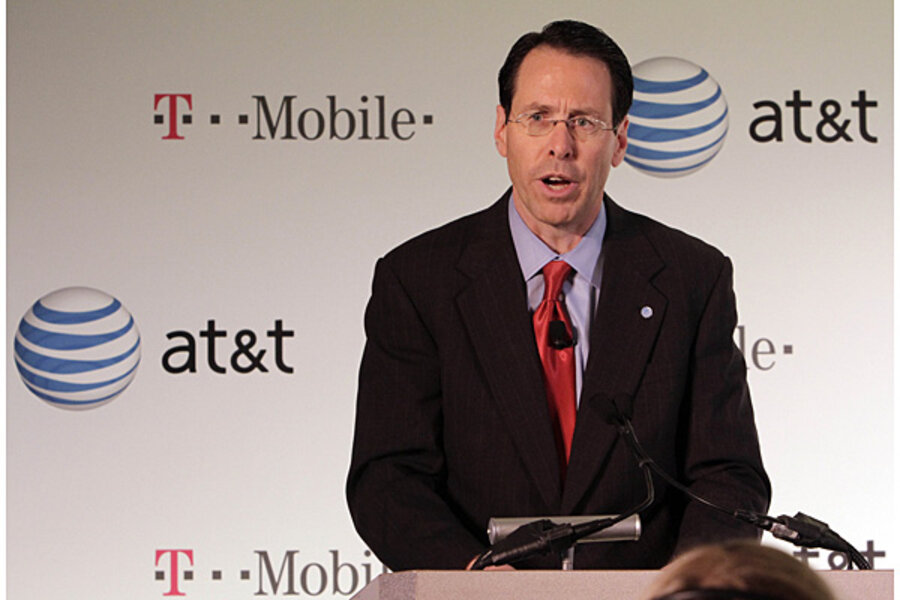CEO: Randall Stephenson
Average hourly worker wage: $13.28
CEO’s hourly compensation: $7,412 (558 times the wage of an average worker)
Overtime required to equal an hour of CEO pay: 1.45 months
AT&T, the largest telecommunications company in the United States, has the smallest wage gap of the companies on the list. Part of the reason: the wage represented is for sales consultants, who require more than entry-level training. But it’s still huge. A retail sales consultant at AT&T would have to work 1.45 months of overtime to make what Stephenson makes in an hour. He earns about 558 times what the typical employee does. In April, AT&T agreed to pay $8.1 million to settle a class-action suit in which certain workers claimed that the company misclassified them as overtime-exempt supervisors while making them work 50 to 70 hours per week.
For this study, NerdWallet used government earnings data and salary information from Glassdoor.com to survey the pay gaps at 100 major US companies. The 10 companies on this list have the highest-paid chief executive officers. To calculate the hourly wage, a CEO’s total compensation was divided by 60 hours a week times 50 weeks per year. Overtime was calculated using the federal rate of 1.5 times the base wage.
Wage inequality is becoming a growing concern, both on the ground and at the political level. The wealth gap between the top 1 percent of American earners and the other 99 percent is as wide as it’s been in nearly a century. Corporate profits and stock holdings have soared in value, while the federal minimum wage has remained unchanged since 2009.
Spurred by unions and community organizers, fast-food and retail workers (particularly at Walmart) have engaged in a nationwide series of rallies and strikes over the past several months.








